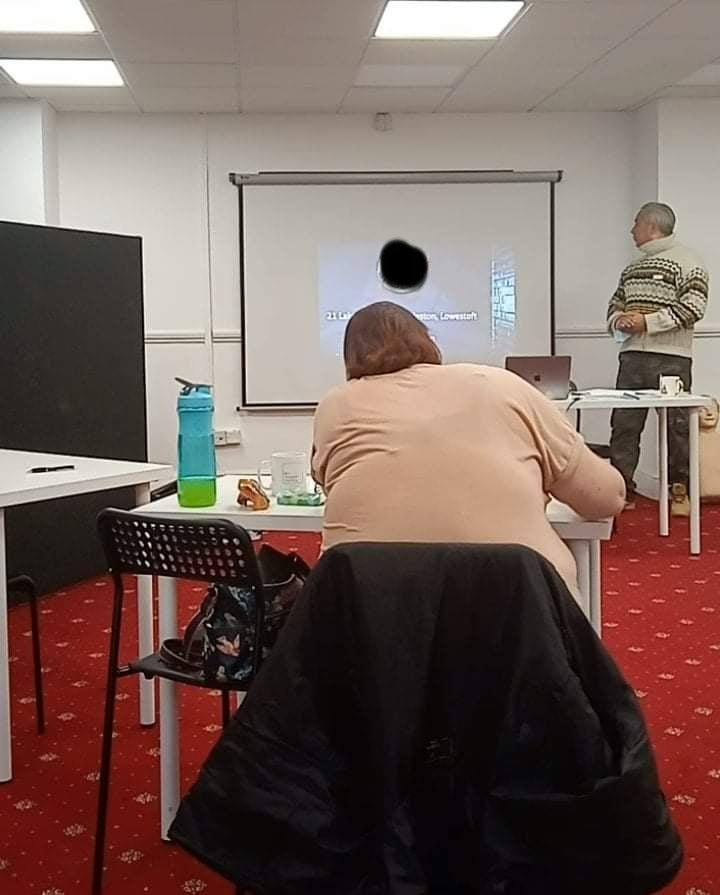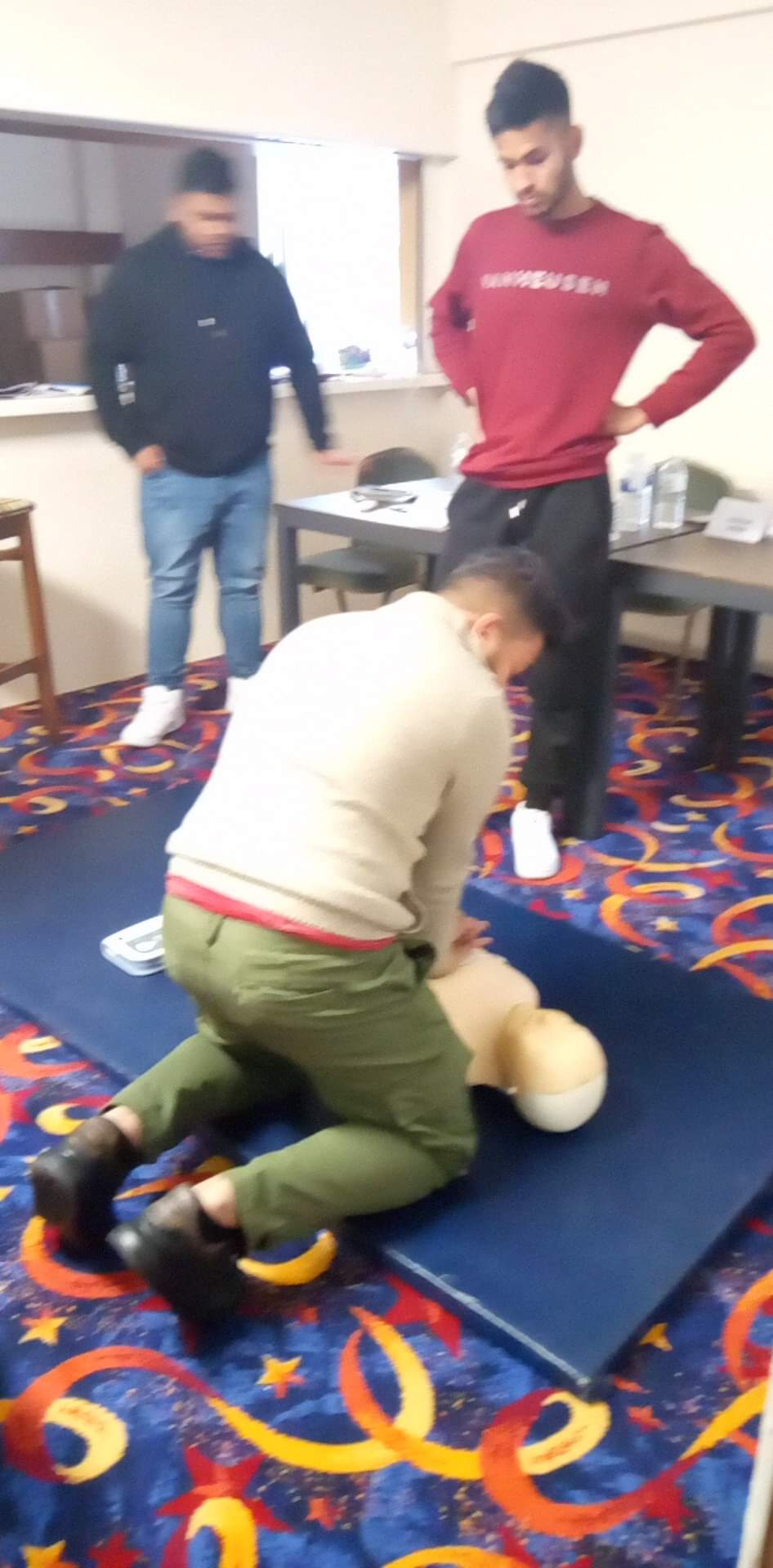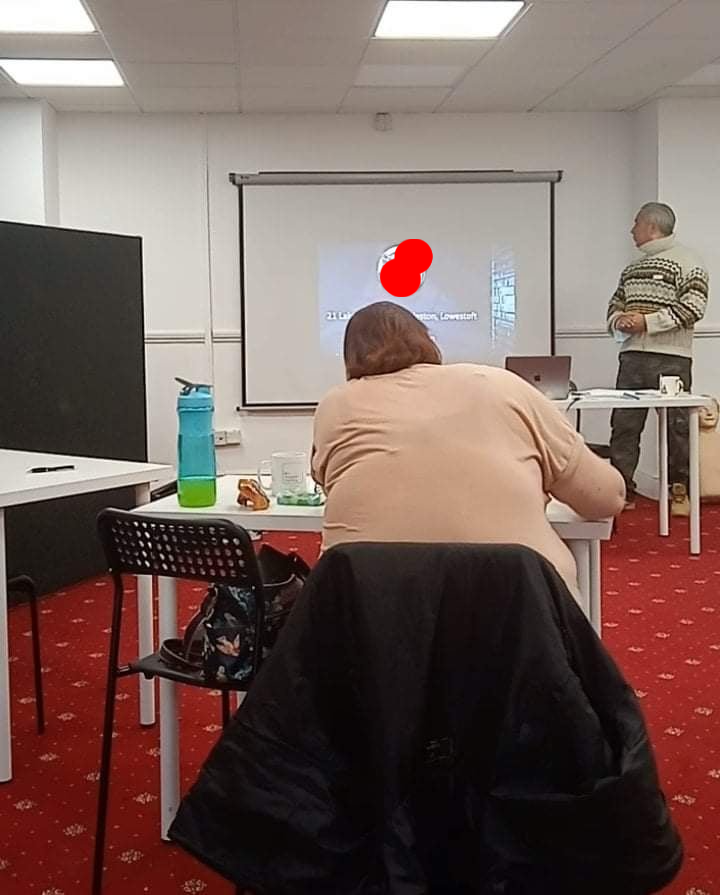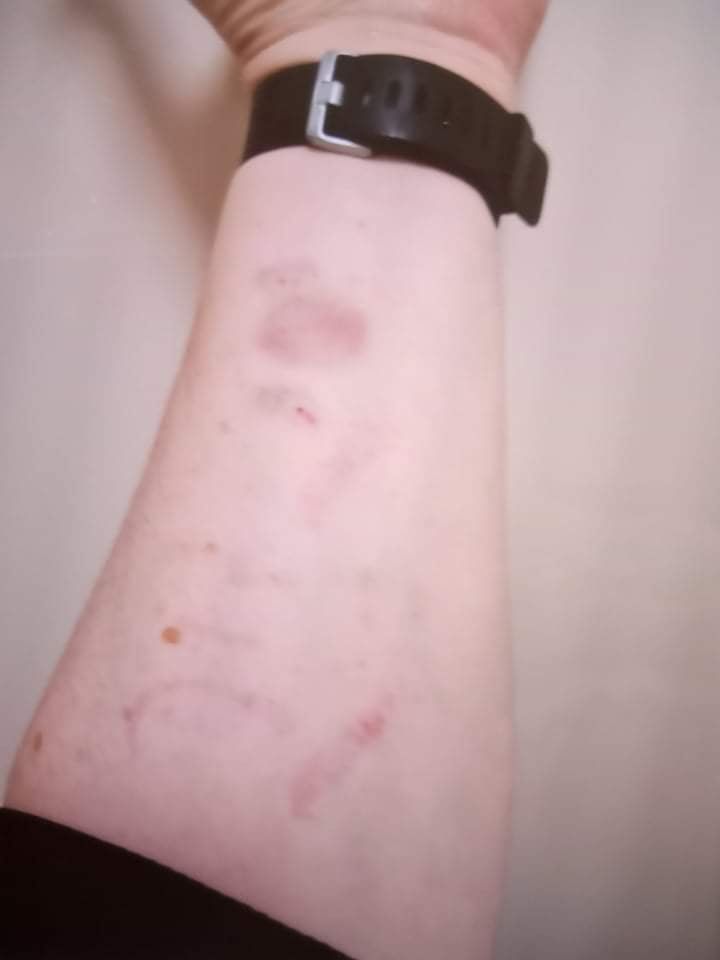We make it safer and better for you!
PMVA1 :Breakaway & PMVA2: Restraining Methods
RIACT SOLUTIONS. We're here to help you handle it all.
By the end of the course, delegates will be able to:
- Legal Responsibilities
- Understand Reasonable Force
- Understand ethical considerations of physical intervention
- Identify possible causes of violence + aggression
- Know the stages of the assault cycle + what each stage means
- Be able to identify signs of escalation of aggression
- Understand the different types of de-escalation strategies
- Recognise the importance of early intervention
- Understand the importance of continually assessing + evaluating the levels of risk posed by difficult / challenging people
- Select + utilise appropriate physical + non physical strategies to manage aggressive individuals
Course content
- Relevant legislation, guidelines + frameworks
- Legal + ethical issues
- Influences on PMVA
- Risks in restraint
- Use of Reasonable Force
- De-escalation
- Avoiding + detection of positional asphyxia
- Instruction + practice of: -
- - Friendly come along (including Non-Contact and stage one, two and figure of four)
- - Standing holds to include (Escape and Rescue)
- - Upper Arm Wrap, Team Formulation & Approach
- - Upper Arm Wrap to a secure hold
- - Seated De-escalation to include Trouble Drills
- - Upper Arm Wrap to Supine
- - Supine Descent to Floor to Elevated Rest in Upper Arm Wrap
- - Trouble Drill to Sniper in Supine
- - Elevated rest to standing
- - De-escalation in Supine
- - Securing Legs in Supine
- - Prone descent to floor
- - Prone floor work (upper rest to lower rest, de-escalation on floor, legs in prone)
- - Turning Prone to Supine
- - Prone Standing from the floor
- - Reliefs, standing-supine-prone
- - Seclusion options
- Relevant legislation, guidelines + frameworks
- Legal + ethical issues
- Influences on PMVA
- Risks in restraint
- Use of Reasonable Force
- De-escalation
- Avoiding + detection of positional asphyxia
- Instruction + practice of: -
- - Friendly come along (including Non-Contact and stage one, two and figure of four)
- - Standing holds to include (Escape and Rescue)
- - Upper Arm Wrap, Team Formulation & Approach
- - Upper Arm Wrap to a secure hold
- - Seated De-escalation to include Trouble Drills
- - Upper Arm Wrap to Supine
- - Supine Descent to Floor to Elevated Rest in Upper Arm Wrap
- - Trouble Drill to Sniper in Supine
- - Elevated rest to standing
- - De-escalation in Supine
- - Securing Legs in Supine
- - Prone descent to floor
- - Prone floor work (upper rest to lower rest, de-escalation on floor, legs in prone)
- - Turning Prone to Supine
- - Prone Standing from the floor
- - Reliefs, standing-supine-prone
- - Seclusion options






